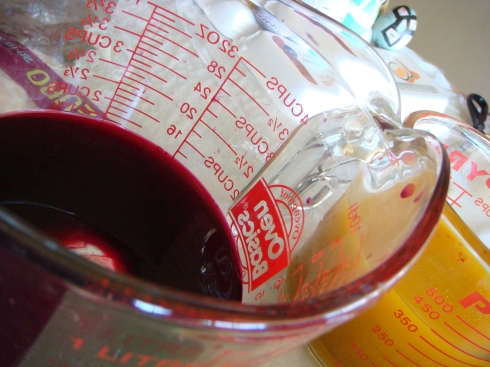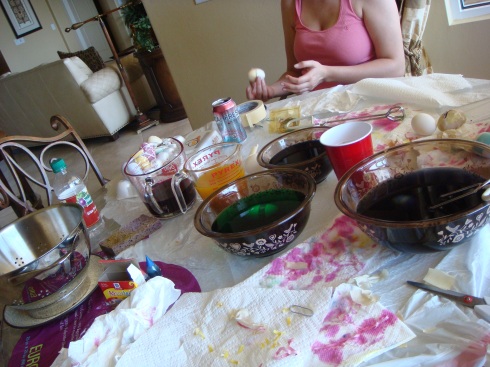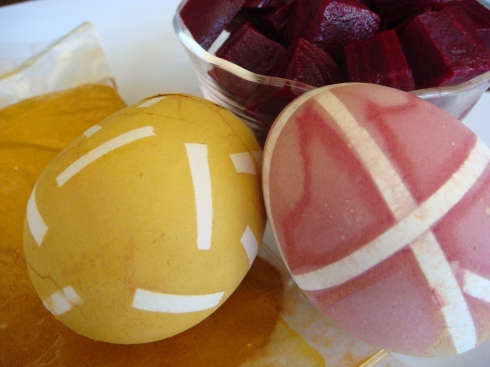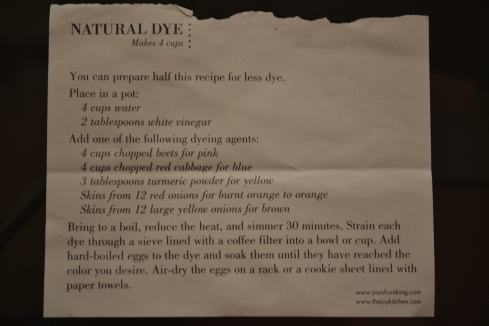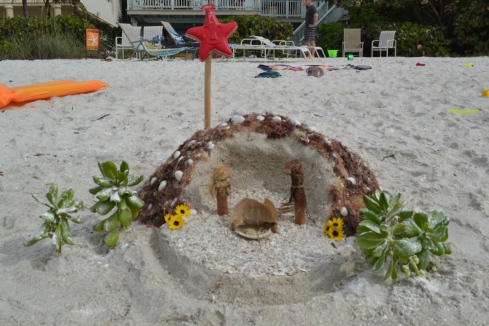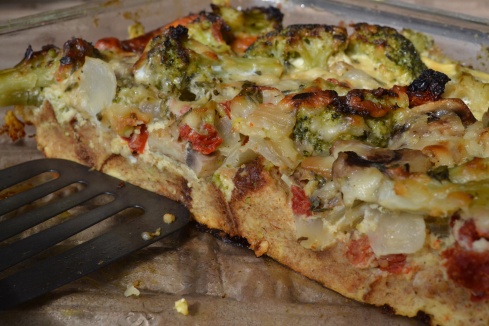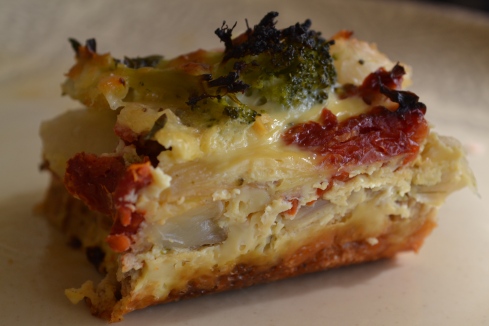Egg lovers, rejoice! The US government released their latest edition of the Dietary Guidelines for Americans last month and one of the most controversial changes was their decision to remove limits on dietary cholesterol. Historically people have been advised to limit their cholesterol intake to less than 300 milligrams per day in order to reduce the risk for heart disease. Since one large egg contains 186 milligrams of cholesterol, eating anything more than one egg per day was frowned upon.

Why the new recommendation, you ask? Over the past several years, evidence has emerged to suggest that cholesterol in our diet is not the main dietary cause of high blood cholesterol levels. Saturated and trans fats—most commonly found in fatty meat, full-fat dairy, and packaged and processed foods made with hydrogenated oils—have more of an impact on blood cholesterol levels, and the US government continues to recommend that we limit our intake of saturated fat to less than 10% of our total calories. For the average person, this amounts to no more than 20 to 30 grams of saturated fat per day.
Before you go hog-wild on eggs, there are a few other things that you should know. Studies have shown that eating up to 1 egg per day is not associated with increased heart disease or stroke in the general population; however, people with diabetes have an increased risk for heart disease if they eat 1 egg (or more) per day. In people without diabetes, one whole egg per day—or 7 per week—is probably not going to do you any harm. Eggs are a good source of protein, vitamin B12, vitamin D, riboflavin, and folate—and most of the egg’s nutrition is in the yolk. If you already have high cholesterol, heart disease or diabetes, be cautious about the number of egg yolks you eat and take into account other sources of saturated fat in your diet. Egg whites can be incorporated into scrambled eggs, omelettes, and quiches in place of some of the whole eggs for similar flavour and texture with much less saturated fat and cholesterol.
With all of this talk of eggs, I’ve had a major craving for my favourite brunch dish: huevos rancheros. It’s hard to beat Mexican flavours for breakfast, plus it happens to be a perfect gluten-free brunch dish when family or friends with celiac disease come to visit. I found this recipe following a search for beanless huevos rancheros, since legumes and my tummy don’t always get along. The simple yet spectacular chipotle salsa is top notch with its mild heat and smokiness, but the true star of the dish is the corn tortillas. We have the luxury of living 10 minutes away from a tortilla factory, but you can usually find them at specialty food shops or in the refrigerated or frozen section of your grocery store.
¡Buen Provecho! (the Spanish version of “Bon Appetit”)
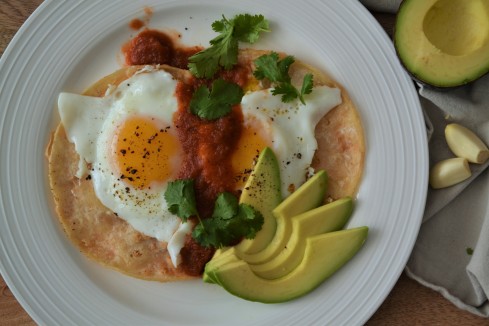
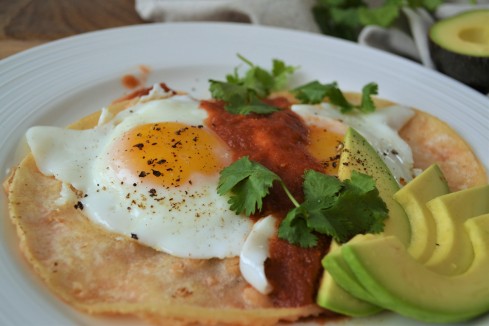
Huevos Rancheros
(adapted from Epicurious.com)
6 teaspoons vegetable oil, divided
8 (5-inch) corn tortillas
1 28-ounce can whole tomatoes in juice (preferably no-salt-added)
1/2 cup chopped white onion
1/4 cup chopped fresh cilantro, plus additional for garnish
1 tablespoon chopped canned chipotle chiles in adobo
2 garlic cloves, coarsely chopped
1/2 teaspoon salt (I used 1/4 tsp which tasted good, but E thought a bit more salt would be best)
8 large eggs
1 avocado, sliced
- Preheat oven to 200°F. For the sauce, purée tomatoes with their juice, onion, cilantro, chipotle, garlic, and salt in a blender until very smooth. Set aside.
- To warm the tortillas, heat 1 teaspoon oil in a 10-inch heavy skillet over moderate heat until hot but not smoking. Stack 2 tortillas in skillet and cook 30 seconds, then flip stack over with tongs and cook 30 seconds more. While second tortilla cooks on bottom, turn top tortilla over with tongs, keeping tortillas stacked. Flip stack again and cook in same manner, turning over top tortilla and flipping stack again so that both tortillas are softened and both sides puff slightly, then deflate (do not let them become browned or crisp). Wrap tortillas loosely in foil and keep warm in oven. Cook remaining tortillas in the same manner, adding 1 teaspoon of oil to the skillet for each batch.
- Once tortillas have been warmed (and are resting in the oven), add tomato purée carefully to the hot skillet (it may splatter) and simmer, stirring occasionally, until salsa is slightly thickened, about 10 minutes.
- In a separate pan, heat 1 teaspoon oil in a 12-inch heavy non-stick skillet over moderately high heat until hot but not smoking, then crack 4 eggs into skillet and cook 3 to 4 minutes for runny yolks, or to desired doneness. Transfer to a plate and keep warm, covered, then cook remaining 4 eggs in remaining teaspoon of oil in same manner. Season eggs with salt and pepper.
- To serve, spoon 1/4 cup salsa onto each plate and top with 2 tortillas, slightly overlapping them. Transfer 2 eggs to tortillas on each plate and top with some of remaining salsa. Divide avocado between 4 plates. Sprinkle with cilantro.
Makes 4 servings. Per serving: 405 kcal, 24 g fat (4.4 g saturated), 33 g carbohydrate, 6.3 g fibre, 17 g protein, 495 mg sodium.

